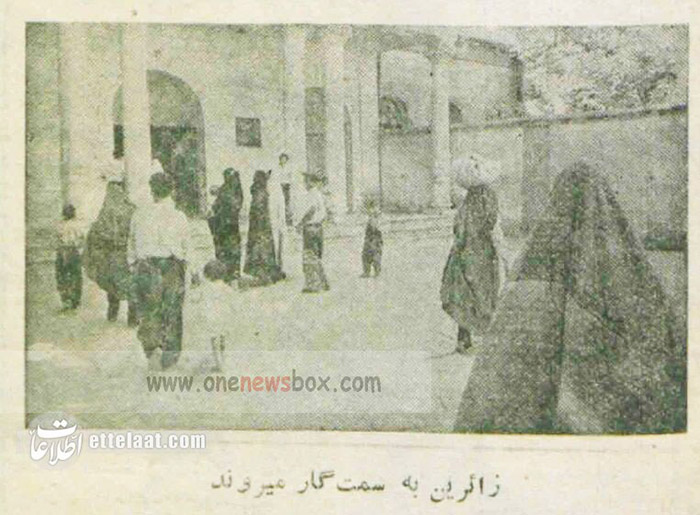The construction and operation of the Tehran–Shah Abdul Azim Railway—famously known among the people of old Tehran as the “Smoke Machine” (Mashin-e Doodi)—marked one of the earliest and most significant technological and infrastructural developments of late-Qajar Iran. Built in the late nineteenth century, this short railway line connected Tehran, the rapidly expanding capital of the Qajar state, to the ancient city of Rey and the revered shrine of Hazrat Abdul Azim (AS). Though modest in length and scope, the railway played a defining role in introducing Iranians to modern transportation, shaping urban culture, and exposing the country to the logistical, political, and financial complexities of industrial projects.
A Railway with Many Names
In everyday conversation, Tehranis seldom referred to the line by its official name. Instead, they called it Mashin-e Doodi—the Smoke Machine—because of the thick white and black plumes that billowed from the steam locomotive’s chimney. The sound, smell, and appearance of the locomotive were unlike anything Tehranis had seen before. For many Iranians of the time, the machine symbolized both the marvels and the anxieties of modernity.
A Strategic and Economic Vision
Among the numerous plans, proposals, and concessions discussed in the nineteenth century regarding the introduction of railways into Iran, the Hazrat Abdul Azim Railway was the first to be fully implemented. Its construction was not merely a symbolic step toward modernization; it was also based on clear calculations of economic profitability and social necessity.

